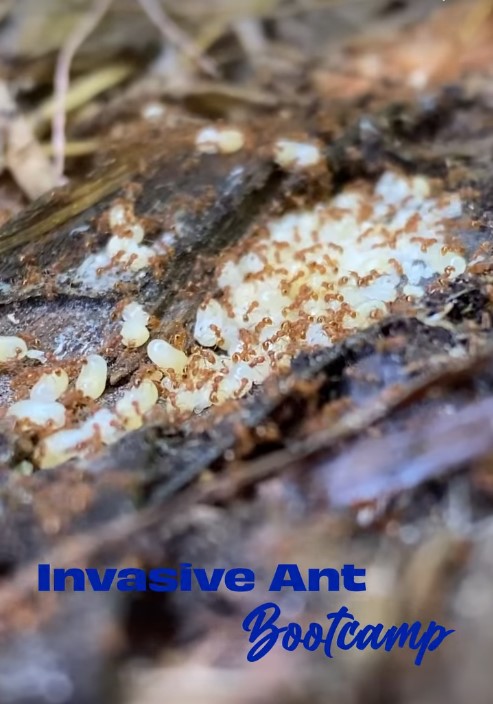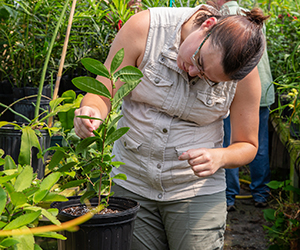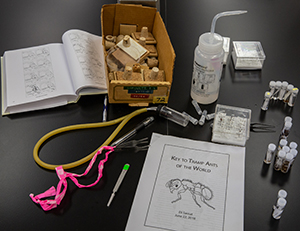ABOUT
 This workshop is intended to train participants in the recognition of some of the world’s invasive and tramp ants, as well as some native species that can be problematic here in Florida.
This workshop is intended to train participants in the recognition of some of the world’s invasive and tramp ants, as well as some native species that can be problematic here in Florida.
The course consists of three intensive days of lectures, field trips and scope time keying out ants. The teaching materials each student receives include two inseparable components: a reference collection, and an ant identification booklet. The booklet is provided as a complement to the reference collection and cannot serve as an ant identification tool on its own. There are over 13,000 species of ants in the world, and the identification of species not included in this humble reference collection would require the consultation of much more detailed keys or museum collections.
Although limited in taxonomic scope, the reference collection is an invaluable resource. It represents a novel approach to the biosecurity and identification challenges posed by ant pests. As far as we are aware, there is no other ready-made source of specimens carefully selected to represent the most dangerous or regulated species. Even most major entomological museums do not hold all of these species.
 It should be a tool useful for anyone in academia, government or industry who is charged with distinguishing native from invasive ants.
Specimens for the invasive ant reference collection originated from the Lucky Lab at the University of Florida (www.andrealucky.com). They were collected by the Lucky Lab members, or generously donated by the University of Florida Urban Entomology Lab and the USDA-ARS fire ant unit in Gainesville, FL.
It should be a tool useful for anyone in academia, government or industry who is charged with distinguishing native from invasive ants.
Specimens for the invasive ant reference collection originated from the Lucky Lab at the University of Florida (www.andrealucky.com). They were collected by the Lucky Lab members, or generously donated by the University of Florida Urban Entomology Lab and the USDA-ARS fire ant unit in Gainesville, FL.
In addition to these materials we will introduce students to the most up to date resources and information available for identifying invasive ants in the lab and field. Get ready for a packed course that will teach you the skills you need in your work!
Check out our Ant Boot Camp video!







